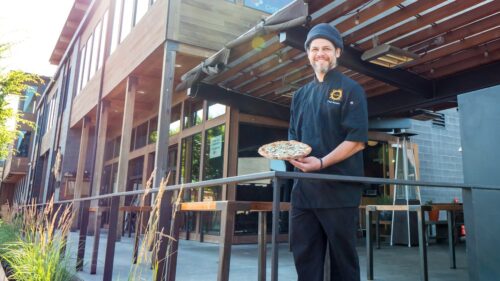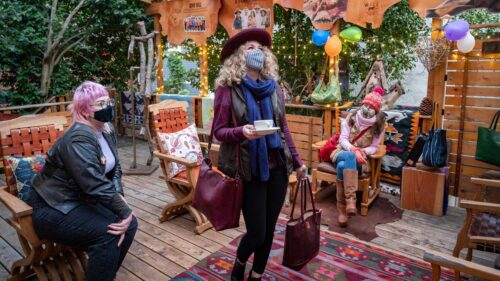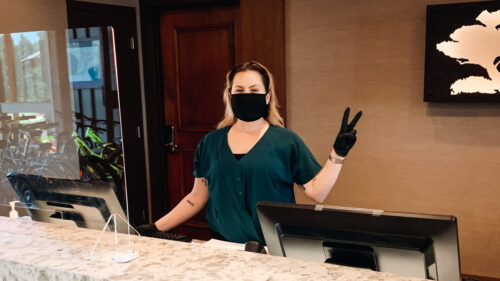Editor’s note: Call destinations before you visit to make sure they’re open. Follow all COVID-19 guidelines, get vaccinated before you travel and remember to bring your face covering.
Top Things to Know:
- Plan ahead and make a reservation
- Face coverings may be required
- Tastings may be outdoors or at private tables
- Don’t expect to see spit buckets
- Be patient, flexible and kind
If you’ve missed the experience of sipping a complex Oregon wine while looking out over the shimmering rows of grapevines, then it’s time to plan your next visit to one of the state’s many acclaimed wineries. In order to provide a relaxing atmosphere while also helping curb the spread of COVID-19, wineries have made changes to comply with a series of safety regulations and it’s helpful to know about these changes before your visit. Expect a great experience, just expect it to be a little different.
To find out whether a specific winery is open and to learn more about their safety protocols, visit the Oregon Wine Board’s helpful tasting room reopening directory. While each winery will adhere to safety standards a little differently, here are some best practices to be aware of before you head out for a day at the vineyards. Regulations for wineries vary depending on which part of the state you’re in, so be sure to check your county’s Risk Level status, which determines capacity and whether or not a venue can offer indoor tastings.
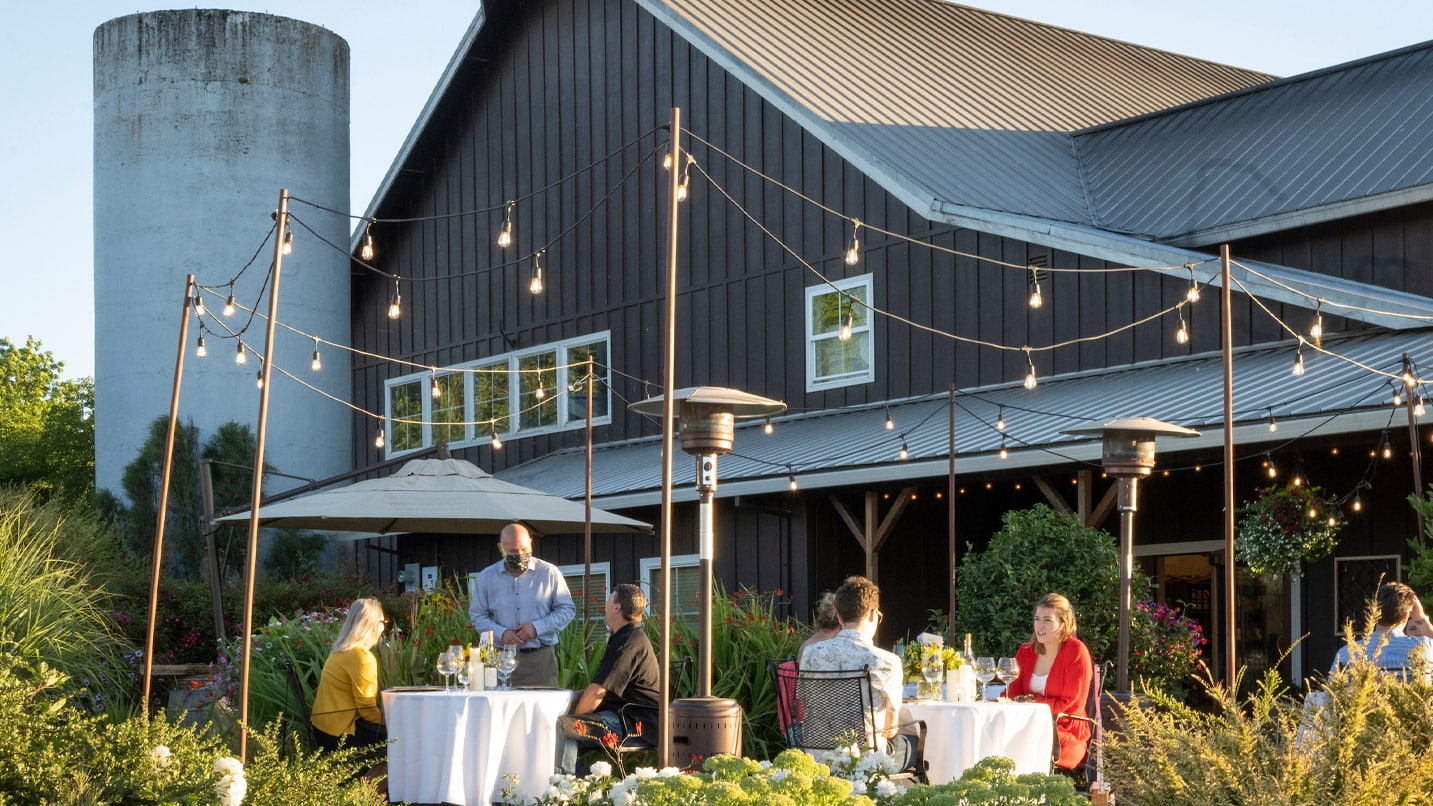
Make Your Reservation
While Oregon wine country was previously known for being open to walk-in customers, it’s important to plan ahead by making a reservation, which are required or recommended at many wineries. Laurel Ridge Winery in Carlton requires reservations (call for same day) with outdoor seating on the patio and in the garden tent, plus special areas reserved for wine club members. Many wineries are limiting group size and include an end time to a reservation. For visitors to Brooks Wine in Amity, you can choose a reservation for an hour or 90 minutes and pick a table in the winery’s expanded outdoor seating space, which can also accommodate parties with children or dogs. “There was some hesitation at first, but we’ve had a lot of positive feedback with our reservation system,” says Dayson Tiogangco, a Brooks tasting room staff member. “It’s a more calm atmosphere.” Many wineries allow reservations to be made online and include helpful protocol information. Note that some wineries are charging a deposit for reservations (which is later credited to your bill) to ensure you show up.
Face Coverings May Be Required
Wineries may require all visitors — regardless of vaccination status — to wear face coverings while indoors or while traveling to and from their table. While some wineries may provide them for visitors, it’s best to be prepared for your visit by bringing a face covering.
Wineries also have the choice to allow fully vaccinated visitors to forgo a face covering, though they may require verification of vaccination status. (Note that this is not a HIPAA violation.) If you’re interested in this option, bring proof of your vaccination status. However, remember to be flexible and courteous if you’re asked to wear a face covering.
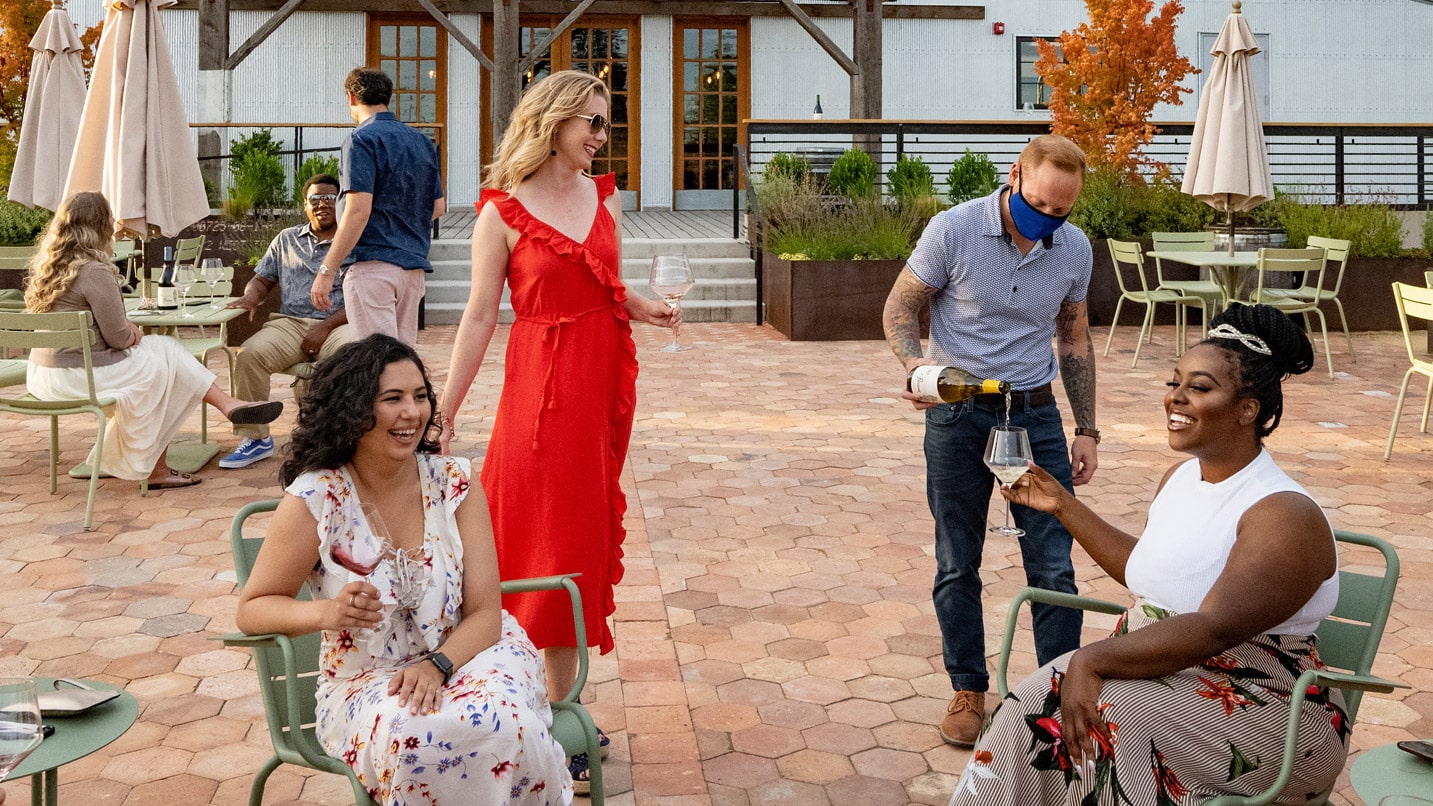
Wine Tastings May Look Different
Many Oregon wineries have small indoor tasting rooms, so they’ve had to pivot operations. Your tastings may take place at an outdoor bar or while seated at your table with waitstaff pouring and introducing each wine. The entire flight served at once is also becoming more common. At Rellik Winery near Jacksonville, you can order tastings indoors, then receive your pre-poured flight on a tasting board at your table. “We try to make it still very calm and social for them by having music every weekend,” Rellik tasting room manager Shirleen Grealish says. The winery has worked to ensure its patios are covered and heated — a move that many wineries are opting for to continue offer tastings and other services on colder, rainier days. Also, keep in mind that some wineries may have suspended their food operations, so be sure to call ahead if you’re planning your visit around a meal or snack.
Tasting Rooms May Look Different
Upon arrival, you may notice the winery has a different layout than normal. Tables will be positioned 6 feet apart from one another, and there may be a new traffic flow to allow for more distance throughout the space. You may also notice more signage explaining new rules such as new maximum occupancy, hand-washing guidelines and a list of COVID-19 symptoms with a request that people who show these symptoms stay home. You also won’t see any self-service stations, but that just means more time relaxing at your table. When settling up, you’ll notice that touch-free payments are becoming more common, and many wineries are also continuing to offer curbside pickup.
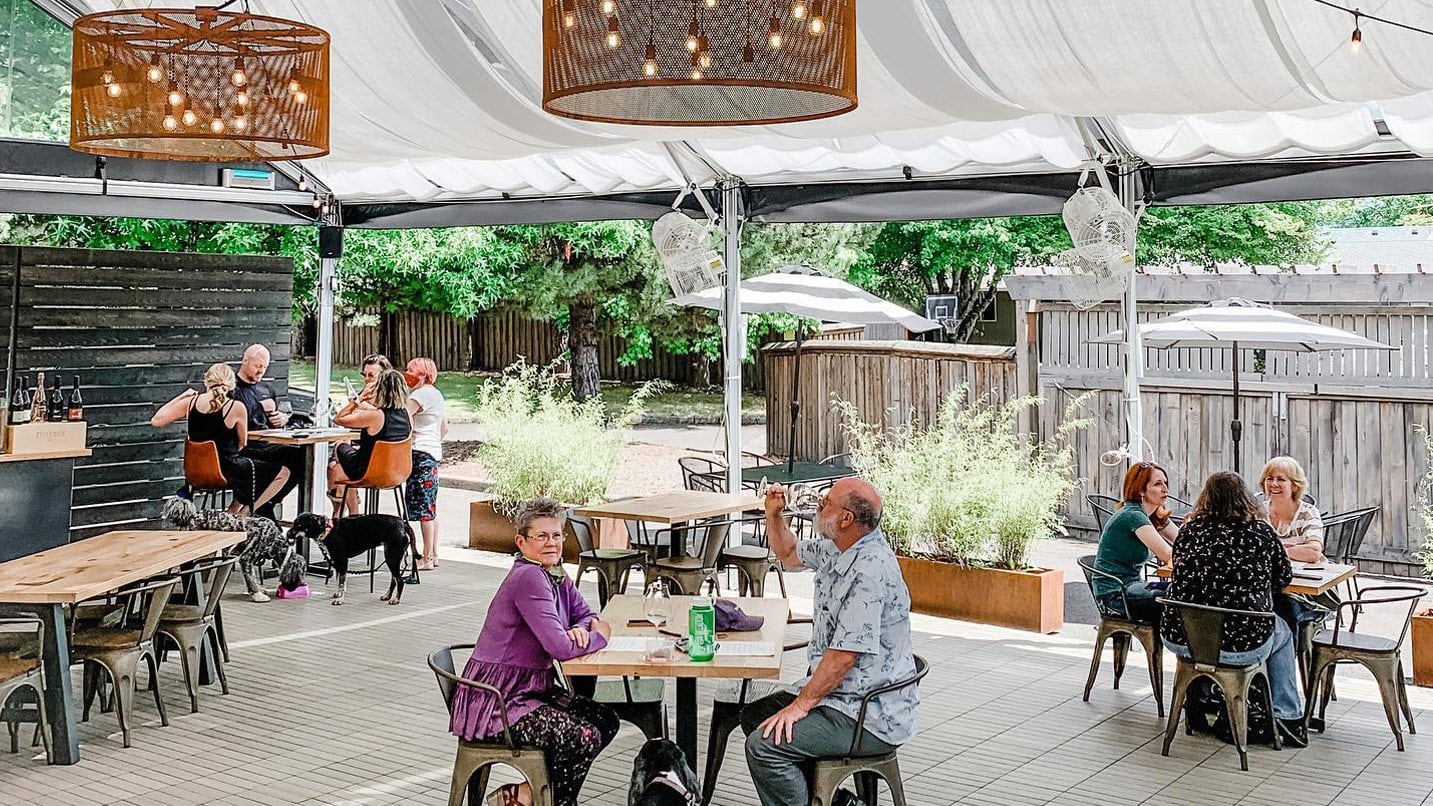
Show Your Gratitude
At some tasting rooms, you may see more staff members assigned to help you with reservations, pitching in on sanitation efforts or pouring wine for guests. At Dobbes Family Estate in Dundee, you’ll notice waitstaff helping with tableside pouring for wine tastings. “We wanted to keep it traditional,” says Amelia Dobbes, the winery’s marketing and sales coordinator. “We’re excited to actually see our customers face to face again, and we’re doing everything we can to create a safe environment.”

